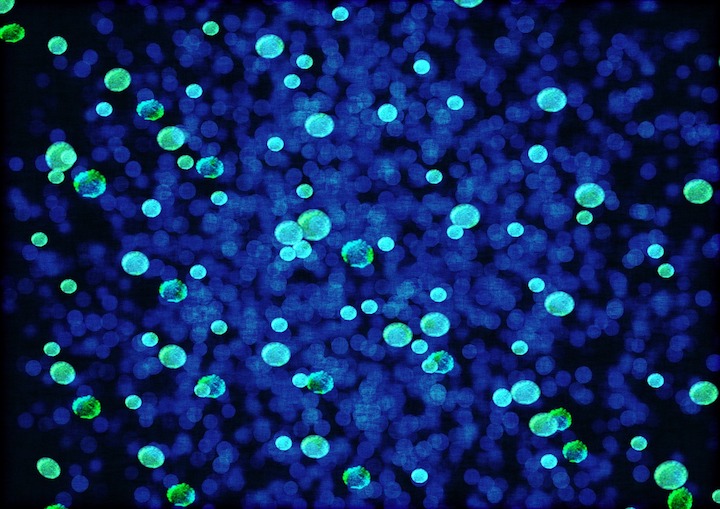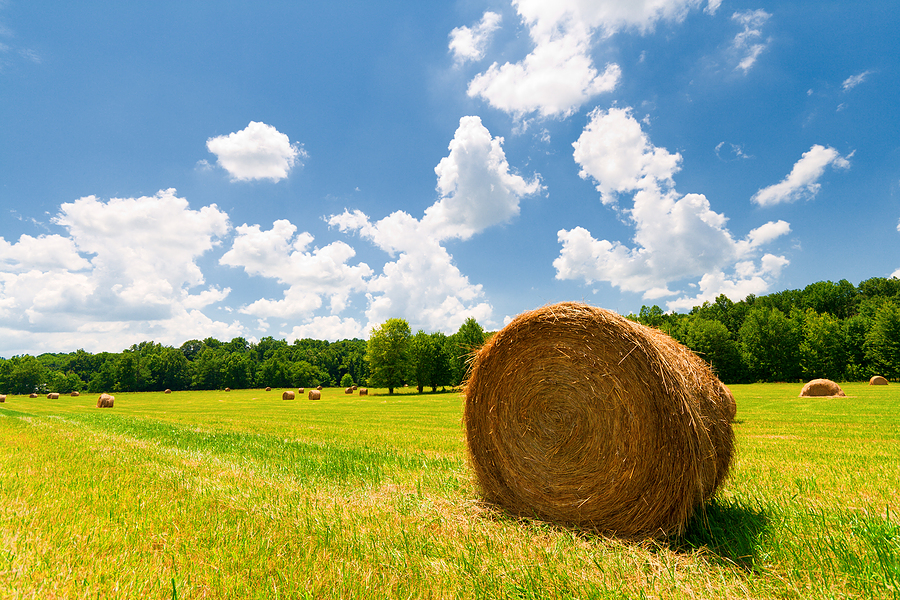
There is more bacteria on Earth than stars in the universe. With an estimated population of five million trillion trillion bacteria on this little rock we call home — that’s a five with thirty zeroes behind it — it’s almost an unimaginably large number.
Contained within each bacterium is the genetic information that the bacteria needs to produce a new, replicated bacterium, which allows bacteria to multiply exponentially. Bacterium can double within 20 to 30 minutes, according to the U.S. Food and Drug Administration, meaning that one bacterium turns into two, then two become four. This eventually leads to the formation of millions of cells in a few hours.
While bacteria may be bad when it gets into the food we eat, it has strong sustainability potential when we put it into the food we waste. Under the right environmental conditions, bacteria will automatically grow, feasting on food waste.
Food waste has become an epidemic in the United States, with nearly 40 percent of all the food we grow going uneaten. When this waste is sent to landfills, the rotting food releases methane — a greenhouse gas more potent even than carbon dioxide. Meanwhile, the enormous energy demands for growing food that is wasted, as well as the emissions tied to the transport of this waste, contributes as much to climate change as entire countries.
Luckily, bacteria can help reduce this waste in an eco-friendly way, through two primary processes: anaerobic and aerobic digestion. And it might just be one of the best tools in our toolbox for cutting down food waste in a way that turns waste into valuable resources.
While their names may sound similar, anaerobic and aerobic digestion are quite different. Both have their benefits, but aerobic digestion ultimately is better for the environment, business operations and the bottom line.
Anaerobic digestion
Anaerobic digestion is a series of biological processes in which microorganisms break down biodegradable material in the absence of oxygen. If you have a steady flow of large quantities of food waste and other organic material, anaerobic digestion can offer solutions at scale. And the methane byproduct can be used to produce electricity that offsets some of the operating costs. These systems have begun to received increased financial support through grants and subsidies from large business and government agencies.
However, this process is expensive to complete and requires continual introduction of large quantities of feed stock in order for the process to work efficiently. Without a way to capture the methane, it can be lost into the atmosphere, making it a climate risk. The digestion process also takes longer than some business may find acceptable — between 10 and 40 days. There’s also issues of sanitation, disposal and foul odors.
Aerobic digestion
Aerobic digestion is a biological process in which oxygen-loving microorganisms are used to consume organic matter and convert it into stable solids, carbon dioxide and more organisms. Like all living things, aerobic microorganisms require food, water and oxygen to live and grow. As these microorganisms thrive, they produce more and more microorganisms who also eat and grow and produce even more offspring.
By optimizing the environment through agitation and temperature control, digestion of organic waste is greatly accelerated, allowing large volumes to be processed in a short period of time. Aerobic digestion alone can reduce food waste by as much as 50 to 60 percent by volume.
Unlike anaerobic, aerobic digestion does not produce the worst of the greenhouse gases and only a fractional amount of carbon dioxide in comparison. The aerobic process also results in a more complete digestion of waste.
What’s best for business?
Whether to employ anaerobic or aerobic digestion to tackle your company’s food waste depends varies by industry. But food manufacturers who deal with high volumes of food waste and wish to dispose of it responsibly, quickly and cost-effectively would be better served by aerobic digestion.
That’s why the Biogos Food Waste Digester uses aerobic digestion — this allows food waste to be processed within 24 hours, creating a byproduct that is far safer both for both personnel and the environment. The process also allows for a system that is both compact and convenient for companies to employ in a diverse array of operations.

